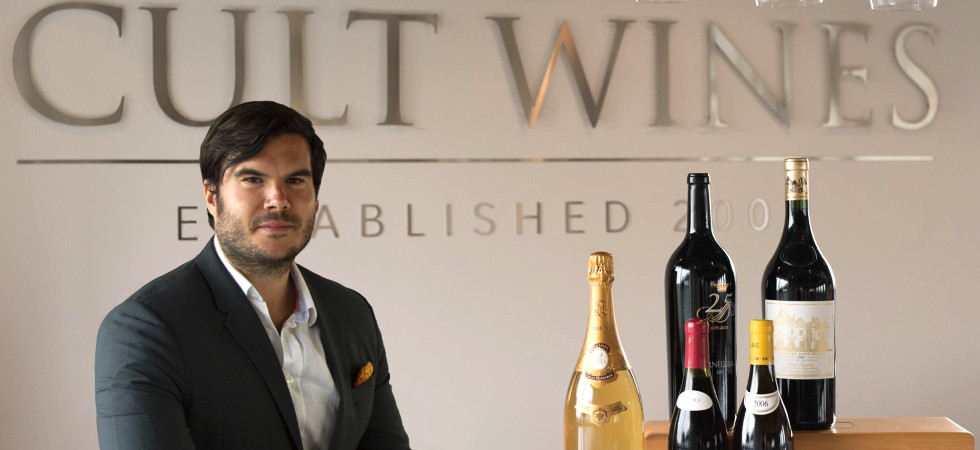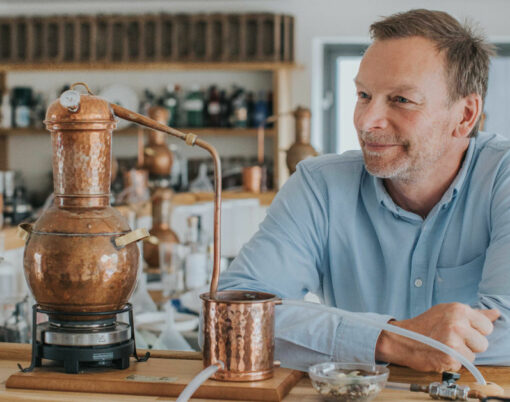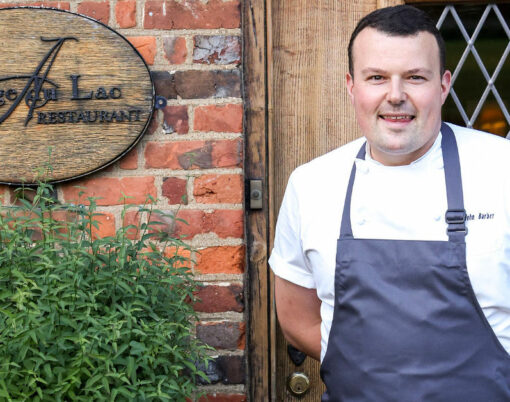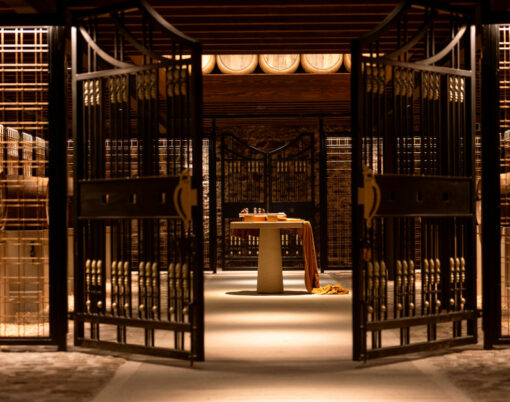Whilst wine does contain alcohol, every wine – be it red or white, still or sparkling – is the unique product of an individual recipe and set of processes. Just like the grape content, the alcohol levels vary from wine to wine.
With the first ever global Wine Education Week running from 9-15 September, we speak to Jack Chapman, senior portfolio manager at Cult Wines, as he explains how alcohol content is created, measured and may vary.
He notes: “Alcohol levels in wine take you straight back to high school plant biology. The canopy density (literally number of leaves) on a vine act to photosynthesise sunlight into sugars, which are then pushed into these grapes. It isn’t just important for getting you merry, it also adds to the body of the wine creating a glycerol, rounded feeling whilst acting as a preservative (higher alcohol wines general age for longer too!).
“Ultimately, it is up to the skill of the winemaker to mask its flavour. A talented wine maker will be able to disguise this whilst using it to augment the wine’s body, so a wine with high alcohol might give you that warming feeling instead. Some high alcohol wines will be so well made, you won’t even taste it!”

So, how is alcohol in wine created?
During the harvesting and fermentation stages of winemaking, alcohol is created differentiating wine from the simple grape juice. As part of a process called veraison the ripened grapes will produce sugar, and during fermentation the yeast will transform the sugars present in the juice to ethanol (alcohol), carbon dioxide and heat. So, in a nutshell, the higher the sugar levels in the grape, the higher the alcohol levels in the wine.
Lots of decisions can be taken by the viticulturalist to change this, the main ones being canopy management (chopping off leaves so the plant doesn’t absorb as much sunlight) or green harvesting (the process of cutting grape bunches well before they ripen, so the plant can focus on ripening the few that are left).
In what way is alcohol in wine measured?
Like all alcoholic drinks, alcohol levels in wine are denoted by an ‘ABV’ figure. Alcohol by volume (ABV) is a standard measure of how much ethanol there is in a given volume of the drink, in percentage terms. More specifically, it’s the number of milliliters of pure alcohol present in 100ml of beverage.
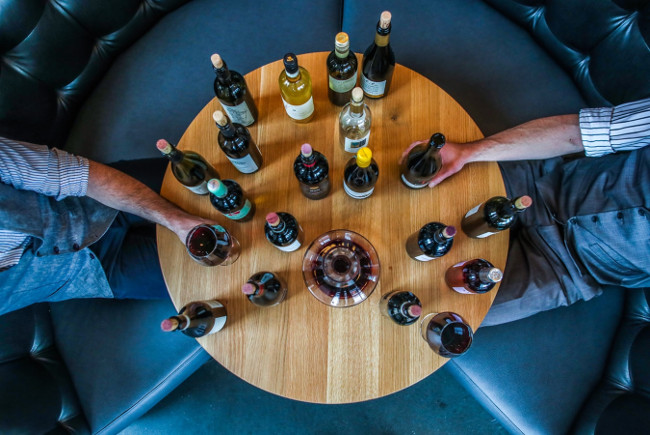
How much can alcohol levels vary in wine?
Wine ABV can range from as low as 3% in wines such as Tokaji Essencia, to as much as 22%. Wines with a higher alcohol percentage are generally classed as fortified wines, such as Madeira, Port and Sherry. Usually sweeter than non-fortified wines, they are created by adding additional sugar or spirit to the wine.
Climate and grape variety also have considerable impact on how alcohol levels vary in wine. Hotter climates expose the vine to more sunshine, producing more sugar and ripening the grapes faster. This makes hot climate wines juicy, pleasurable and easy to drink, usually with a higher ABV.
What alcohol levels are typical in each varietal?
Higher alcohol wines tend to taste bolder and oilier, while lower-alcohol wines feel lighter. Although everyone tastes alcohol differently, generally speaking a wine can be sorted into one of four alcohol levels- low, moderately low, high and vert high.
Low alcohol wines are under 12.5% ABV including Italian Asti and Prosecco whilst very high alcohol levels can be considered over 14.5% ABV such as Californian Petite Syrah, Zinfandel and fortified wines such as Portuguese Madeira, Spanish Sherry and French Muscat de Beaumes-de-Venise.
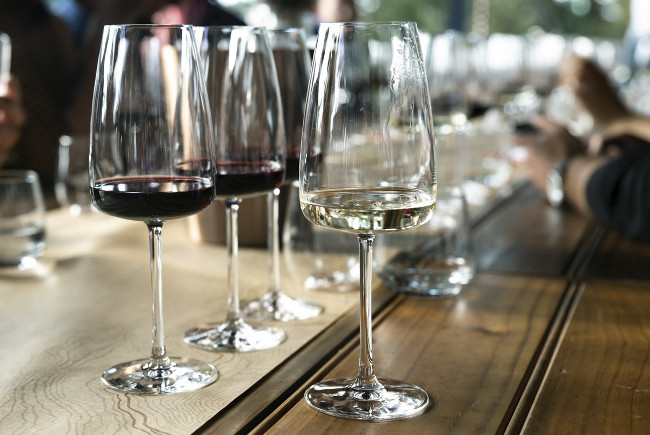
Does a wine’s alcohol level have any impact on its life expectancy?
It’s worth noting that a wine’s alcohol level remains constant – contrary to some schools of thought, the alcohol does not ‘evaporate’ over time. However, the way the alcohol is perceived can change over time. As primary flavours fade and secondary flavours flourish, the alcohol can appear to become more or less pronounced.
Will a higher alcohol content equal a better wine?
It depends on your taste! Wines with a higher alcohol content are fuller in body and produce more intense, bold flavours whilst lower alcohol wines tend to offer greater balance and pair better with foods. It is not uncommon to find gastro-centric restaurants impose a strict 14% ABV limit on their wine lists so customers are able to enjoy slightly more wine without feeling too intoxicated. Ultimately, what makes a wine ‘good’ is very subjective. As long as you enjoy the wine, and drink it responsibly, it doesn’t matter what its alcohol levels are.












